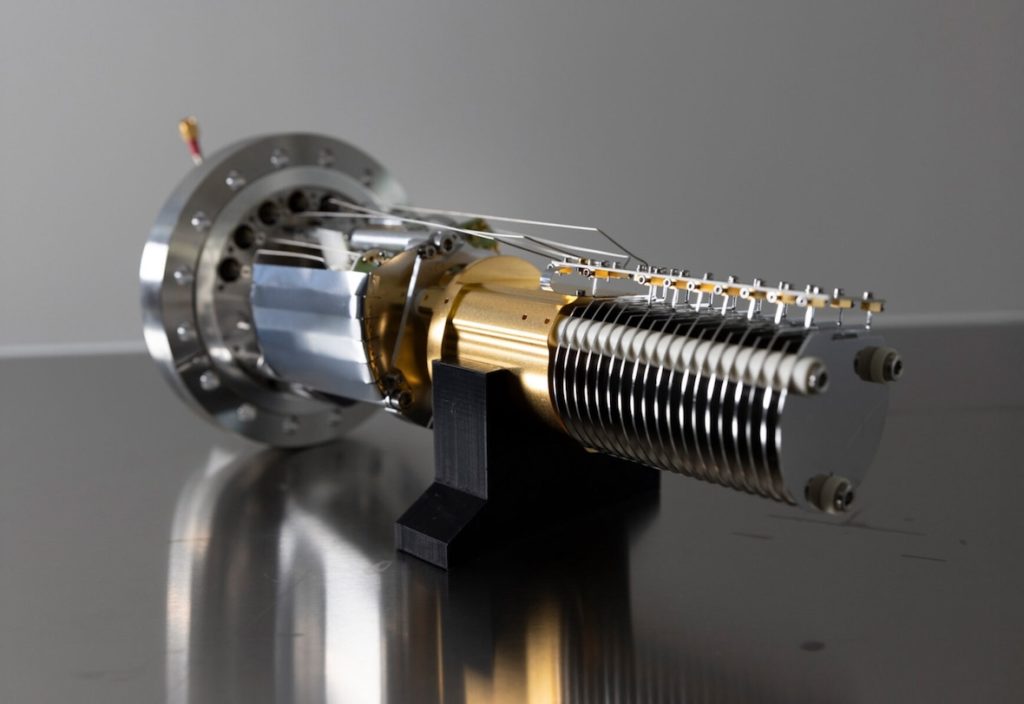
Researchers from the Universities of Bern and Geneva discover a rugby ball-shaped exoplanet
12 January 2022

With the help of the CHEOPS space telescope, an international team including researchers from the Universities of Bern and Geneva was able to detect the deformation of an exoplanet for the first time.
Using the CHEOPS space telescope, a new study led by the University of Bern in collaboration with the University of Geneva has identified the strong tidal influence on the exoplanet WASP-103b, giving it more of a rugby ball shape than a sphere. This is the first time that the deformation of an exoplanet has been detected.
On coasts, the tides determine the rhythm of events. At low tide, boats remain on land; at high tide, the way out to sea is cleared for them again. On Earth, the tides are mainly generated by the moon.
Its gravitational pull causes an accumulation of water in the ocean region below, which is then missing in surrounding regions and thus accounts for the low tide. Although this deformation of the ocean causes striking differences in level in many places, it is hardly recognizable from space.
On the planet WASP-103b, tides are much more extreme. The planet orbits its star in just one day and is deformed by the strong tidal forces so drastically, that its appearance resembles a rugby ball.
A groundbreaking measurement
The planet WASP-103b is located in the constellation Hercules, is almost twice the size of Jupiter, has one and a half times its mass and is about fifty times closer to its star than Earth is to the Sun. “Because of its great proximity to its star, we had already suspected that very large tides are caused on the planet. But, we had not yet been able to verify this,” explains study co-author Yann Alibert, Professor of Astrophysics at the University of Bern and member of the NCCR PlanetS.
Additional observations with CHEOPS and the James Webb Space Telescope will be needed to decipher the details of the tidal deformation and internal structure of WASP-103b and comparable exoplanets. “This would improve our understanding of these so-called “hot Jupiters” and allow a better comparison between them and giant planets in the Solar System”, concludes Monika Lendl, Professor of Astronomy at the University of Geneva and co-author of the study.

